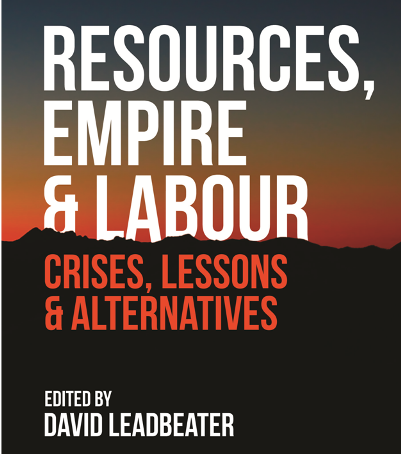To order a copy of Resources, Empire & Labour: Crisis, Lessons & Alternatives, click here: http://fernwoodpublishing.ca/book/resources-empire-and-labour
The interconnections of natural resources, empire and labour run through the most central and conflict-ridden crises of our times: war, environmental degradation, impoverishment and plutocracy. Crucial to understand and to change the conditions that give rise to these crises is the critical study of resource development and, more broadly, the resources question, which is the subject of this volume. Intended for researchers, students and activists, the chapters in Resources, Empire and Labour illuminate key aspects of the resources question from a variety of angles through concrete analyses and histories focused on the extractive industries of mining, oil and gas.
Saskatchewan: Social Democracy in a Resource Hinterland – by John W. Warnock
Saskatchewan has always been seen as a hinterland area and economy within the Canadian territorial state. Geographically, it is part of the interior plains of the North American continent. Prior to the European colonial invasion it was the home to Indigenous Peoples who had adapted to the local ecology and survived mainly as hunter-gatherer communities. The colonial settlement of the region expanded in the late nineteenth century under the National Policy of John A. Macdonald’s Conservative government. Across the prairie grain belt, land taken from the Indigenous Peoples was declared state land and then distributed to white settlers through the Homestead Acts.
The National Policy was a capital accumulation project: the creation of a national market, the population of the west by white settlers from Europe and the United States, the development of the wheat economy for export and the protection of industrial capitalism in central Canada.Behind a tariff wall, an economic surplus could be extracted from independent commodity producers via banking and finance and the monopoly power of the farm supply industry and the downstream processing and distribution industries. As I have argued and referenced elsewhere (Warnock 2004), this system of political economy became a major Canadian example ofmetropolitan domination of hinterland areas.























